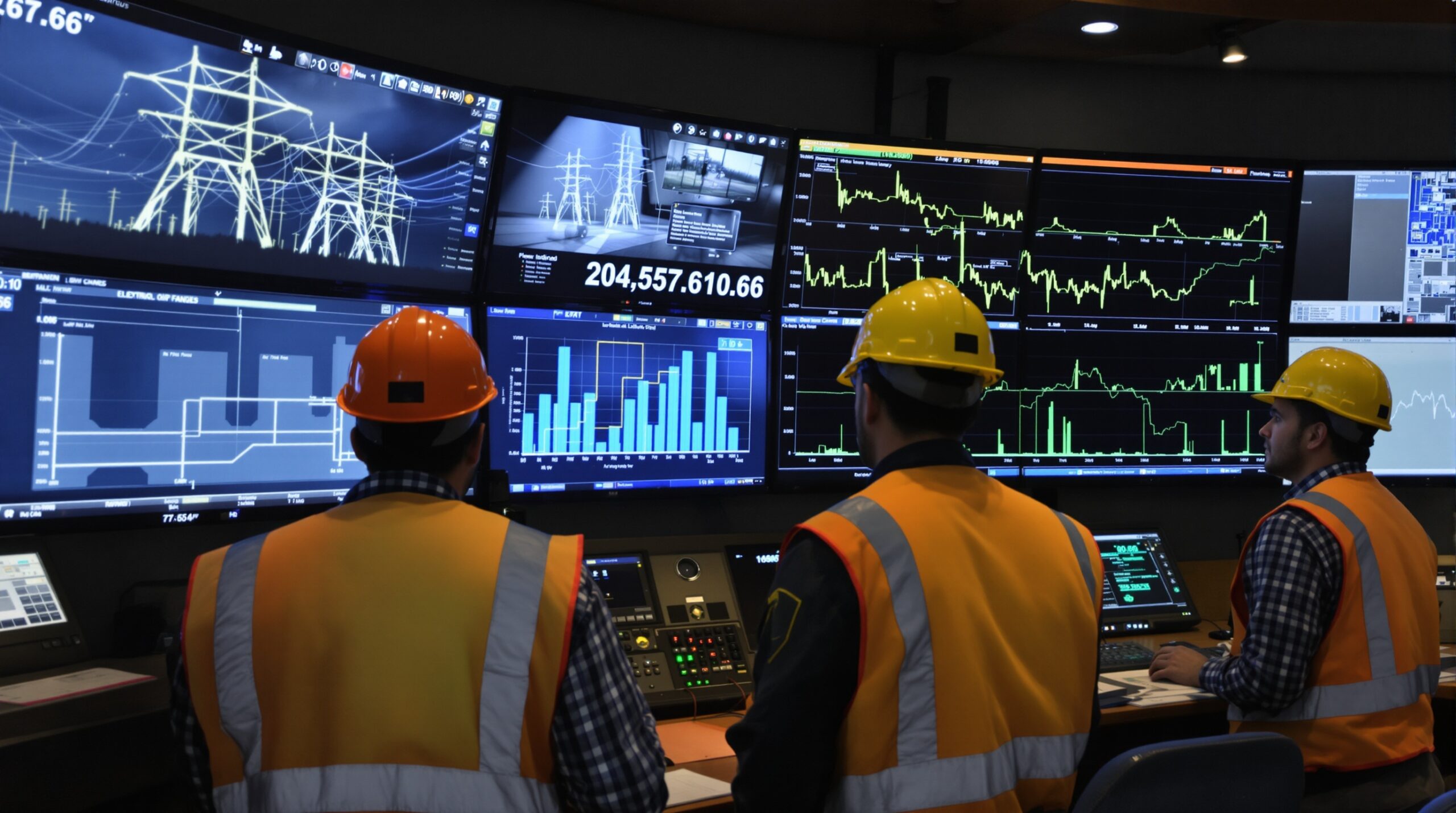Massive growth in cloud computing and artificial intelligence is transforming energy demand across the United States. Grid operators now confront the challenge of supporting unprecedented power needs from data centers. These massive facilities require stable, round-the-clock electricity to support high-performance servers and cooling equipment.
Data Center Expansion Fuels Electricity Demand
Cloud computing, artificial intelligence, and machine learning shape the digital era. As dominant players, including Amazon Web Services, Microsoft Azure, and Google Cloud, expand their platforms, demand for new data centers is booming. Each facility can consume the same electricity as tens of thousands of households. Many organizations now handle growing troves of information, including consumer data, video streaming, and complex AI training.
A single large data center can draw 20-50 megawatts at peak capacity, according to the U.S. Environmental Protection Agency. Some new “hyperscale” data centers approach 100 megawatts or more. Electric grid operators must plan carefully to deliver enough energy, even as consumers and businesses also increase their energy use.
Utilities and Grid Operators Face New Pressures
Regional utilities and transmission organizations once forecast steady, incremental growth in electricity demand. Now, those assumptions are being challenged by data center requests, which can add hundreds of megawatts overnight. In states like Virginia, Georgia, and Texas, data centers are driving significant increases in projected load.
The Midcontinent Independent System Operator (MISO), PJM Interconnection, and other grid operators are adjusting their models. PJM now projects a 4% compound annual growth in peak load over the next decade, up from 1% seen in previous years. Most of that increase is linked directly to new data centers.
Infrastructure and Siting Challenges
Supplying reliable, high-capacity power is a logistical hurdle. Data centers often seek proximity to urban areas, fiber optic networks, and access to renewable energy. Yet, local electric grids may lack infrastructure to support such huge, sudden loads. Utilities sometimes must invest millions to upgrade substations, transformers, and transmission lines.
Complex siting decisions now dominate planning discussions. State and local officials must balance economic development against concerns about grid reliability and rising electricity rates. Some regions have begun restricting data center development, citing constraints on local grids and fears of overloading existing systems.
Renewable Energy and Decarbonization Efforts
Tech companies strive to power data centers with renewable energy, promoting wind and solar contracts across the power sector. Many utilities face pressure to accommodate both new load and ambitious clean energy goals. Integrating vast amounts of wind and solar electricity requires updates to grid management software and operations.
Data centers can help stabilize grids because their operators sometimes shift demand to times of surplus renewable supply. However, critics warn that unchecked growth could produce higher carbon emissions if more fossil fuel power plants are required. Grid operators now weigh the long-term impacts of rapidly growing data center demand against state and corporate sustainability commitments.
Technology and Efficiency Strategies
Tech giants continuously pursue innovations to improve energy efficiency. Modern data centers use advanced cooling techniques, including liquid immersion and artificial intelligence to optimize air flow. These strategies aim to reduce the energy needed for climate control and to maximize hardware productivity per kilowatt.
Operators are also exploring on-site backup power, advanced battery storage, and microgrid solutions. By managing their power use more flexibly, data centers can participate in “demand response” programs, which help balance electric grids in real time. Even as efficiency improves, the relentless pursuit of larger and faster computing resources continues to raise overall demand.
Regional Differences and Hot Spots
Certain regions face particularly acute challenges. Virginia’s “Data Center Alley” leads the nation in both the concentration and expansion rate of these facilities. Northern Virginia already hosts more than 275 data centers, driving local electricity use higher by the year. The region now builds grid infrastructure at an unprecedented pace to keep up.
Texas is also seeing a rise in hyperscale projects, leveraging cheap land, business-friendly policies, and growing access to wind and solar generation. Georgia and Ohio attract new investments as firms seek proximity to large population centers and competitive energy prices. Each region must adapt to its unique combination of opportunities and grid constraints.
Policy and Regulatory Adaptations
Governments and regulators work to modernize policies in response to this power surge. Some states now require data center developers to invest in additional grid upgrades. Others establish caps or bans for new projects unless electricity infrastructure catches up.
Federal agencies like the Department of Energy study how utilities can accelerate transmission expansion. Policymakers also debate how best to create transparent processes for reviewing and approving new large power loads. Establishing clear standards helps manage expectations for both data center operators and community stakeholders.
Preparing for an Electrified Future
Grid operators now realize the data center revolution represents a long-term shift, not a temporary spike. Fundamental changes to electricity forecasts, planning, and operations have become the norm. Continuous coordination with utilities, tech companies, and regulators is essential to meet these challenges.
Investments in smarter, more flexible grids will help ensure reliability through future waves of growth. Adopting digital monitoring, advanced automation, and predictive analytics can help networks adjust quickly, even as demand patterns evolve. The scale and complexity of the data center wave may also accelerate broader grid modernization efforts.
The Road Ahead
Electric grid operators stand at the forefront of a new era for American energy. Meeting surging data center power demands will require creative partnerships and bold investments. As digital infrastructure fuels economic growth, the energy sector must keep pace without sacrificing reliability or sustainability.
Preparing communities for this transformation takes coordinated action. Transparent planning, shared investment, and regulatory innovation will all play critical roles. The world’s relentless appetite for digital services makes bold, forward-looking grid management more important than ever.

